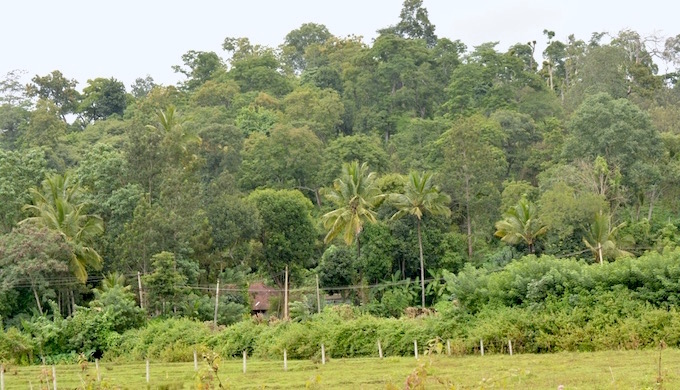The delicate balance between agricultural productivity and environmental conservation has long been a topic of concern, particularly in regions where farming encroaches upon natural habitats. However, a groundbreaking study led by researchers from Oxford Brookes University sheds light on a promising solution shade-grown coffee. This innovative approach not only enhances biodiversity but also underscores the potential of integrating agriculture and conservation efforts for mutual benefit.
Coffee cultivation has been a mainstay of many economies worldwide, yet traditional farming practices often come at the expense of biodiversity. Clearing land for sun-grown coffee plantations and the use of chemical pesticides pose significant threats to local ecosystems. However, shade-grown coffee presents a paradigm shift in agricultural sustainability, offering a holistic approach that nurtures both crops and biodiversity.
The study, led by Ph.D. student Sophie Manson and her team from Oxford Brookes University’s Nocturnal Primate Research Group, provides compelling evidence of the benefits of shade-grown coffee. By increasing canopy cover to over 30%, coffee farms become thriving ecosystems, harboring a diverse array of plant and animal species. This rich biodiversity not only enhances natural pest control but also improves soil quality, ultimately leading to higher-quality coffee production.
Dr. Marco Campera, a co-author of the study, emphasizes the critical role of shade in supporting key ecosystem functions. Removal of shade trees can disrupt vital ecological processes, leading to decreased profitability for farmers and increased reliance on agrochemicals. Thus, prioritizing traditional cultivation methods, such as shade-grown coffee, becomes imperative for fostering sustainable agricultural practices.
One of the study’s key findings is the importance of location when considering shade cover. While Latin American farms benefit from higher canopy cover, the opposite trend is observed in African contexts. This underscores the need for site-specific conservation strategies tailored to local environmental conditions.
Professor Anna Nekaris OBE, another co-author of the study, highlights the significance of high shade for conserving specific species, such as mammals and air-purifying plants. Areas of high shade serve as vital habitats for these organisms, emphasizing the crucial role of shade-grown coffee in preserving biodiversity.
However, the study also issues a cautionary note: while shade-grown coffee offers numerous benefits, its efficacy hinges upon the preservation of existing forest habitats. Further deforestation for agricultural expansion would nullify the advantages of shade-grown coffee, underscoring the urgent need for conservation efforts.
The focus must shift towards promoting shade-grown coffee as a sustainable agricultural practice while simultaneously advocating for forest conservation. By fostering harmony between agriculture and conservation, we can unlock the full potential of shade-grown coffee to sustain both livelihoods and ecosystems.
The study by Oxford Brookes University heralds a new era of agricultural sustainability, demonstrating how shade-grown coffee can serve as a beacon of hope for biodiversity conservation. Embracing this innovative approach not only safeguards our natural heritage but also ensures a brighter future for generations to come.
